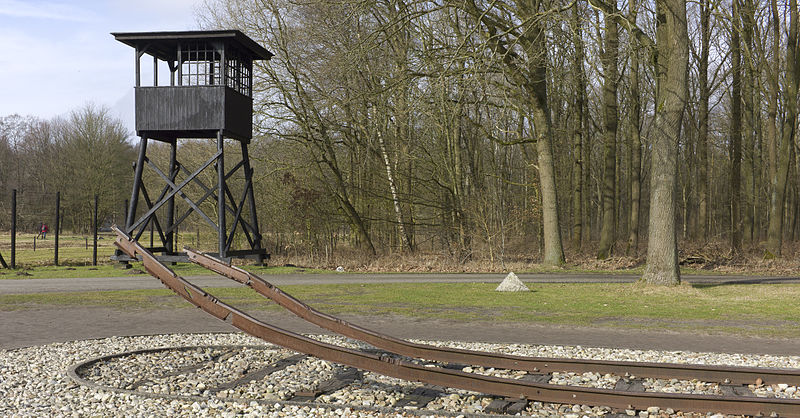- Museum
- Oosthalen 8, 9414 TG Hooghalen, Drenthe, Netherlands
- https://www.kampwesterbork.nl
- +315 93 592 600 info@kampwesterbork.nl
In Memorial Centre Camp Westerbork you learn about the history of Camp Westerbork in Hooghalen.During the Second World War it was used as a transit camp for Dutch Jews, Sinti, Roma, resistance combatants and political adversaries before their transfer to extermination camps.
Camp Westerbork was build in Hooghalen in 1939 to give shelter to Jewish refugees from Germany. It was in 1942, two years after the beginning of the German occupation, that the camp led by Nazis started to function as a transit camp. Over 100,000 people were transported to concentration and extermination camps in Germany, Poland and the Czech Republic.
After the liberation the complex was used as an internment camp for people of the NSB and other collaborators, after which it was used as a repatriation camp for Dutch Indies from 1950 to 1971. During the seventies work was done to make this historical place more visible and in 1983 Queen Beatrix officially opened the Memorial Centre Camp Westerbork.
Since then parts of the terrain have been redesigned to give a better view of the formal camp. There is also a permanent exhibition which depicts Dutch wartime under occupation with a focus on the persecution of Jews. The history of the camp is presented through photographs, documents, drawings, maps and objects.

